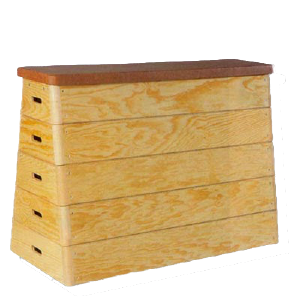Rename a lot of things automatically in Eclipse ADT

Those who still programme monolithically probably don’t feel the need for this. But anyone who uses multiple classes with multiple methods knows that it’s normal (and even desirable) to change your mind about the name of these things. Ideas aren’t born ready-made in our heads. Ideally, code is mouldable and can be shaped until we find the desired form.














